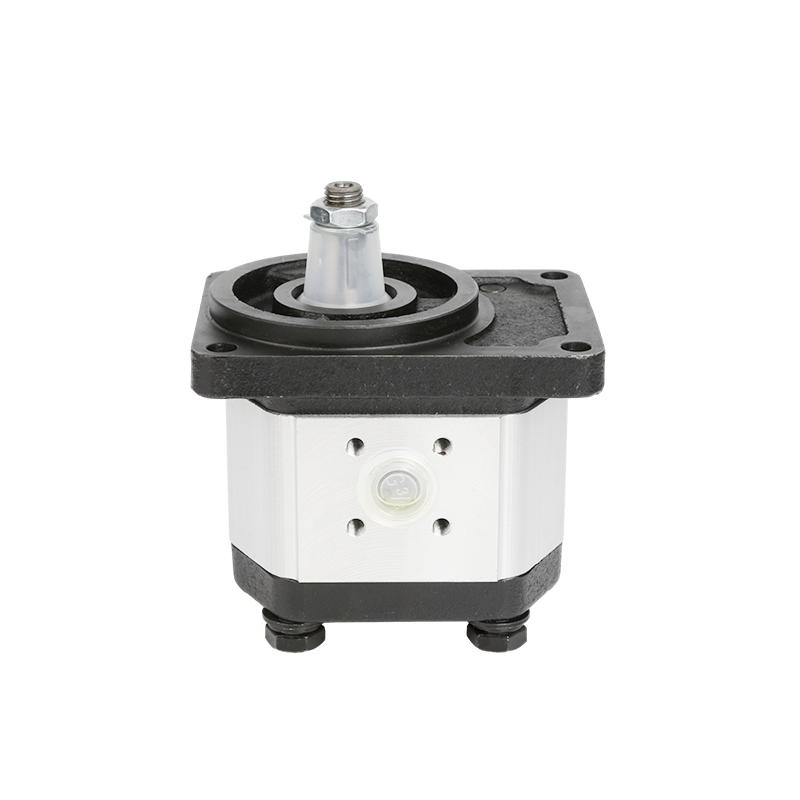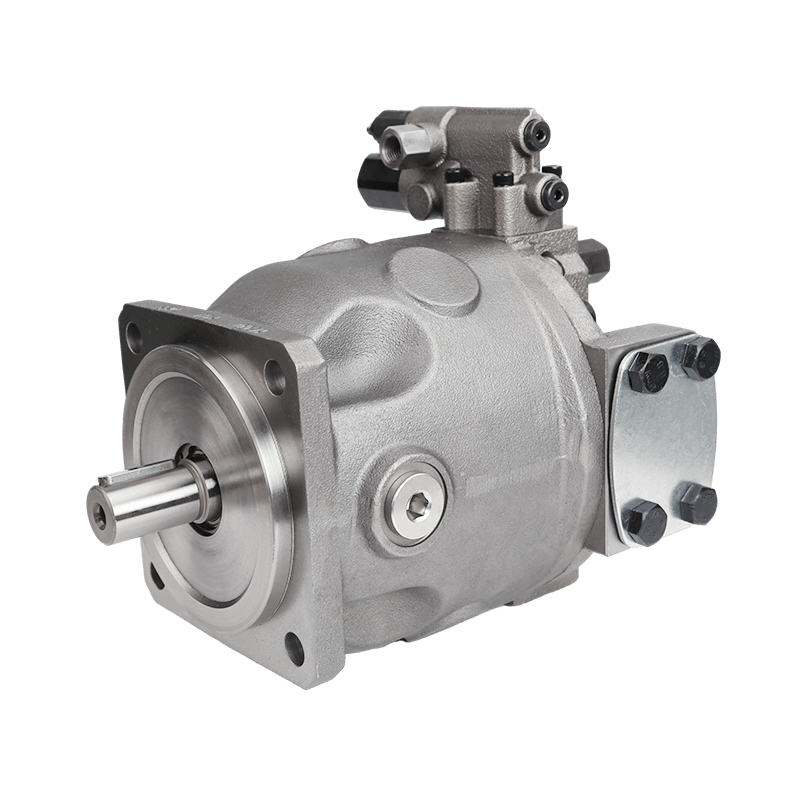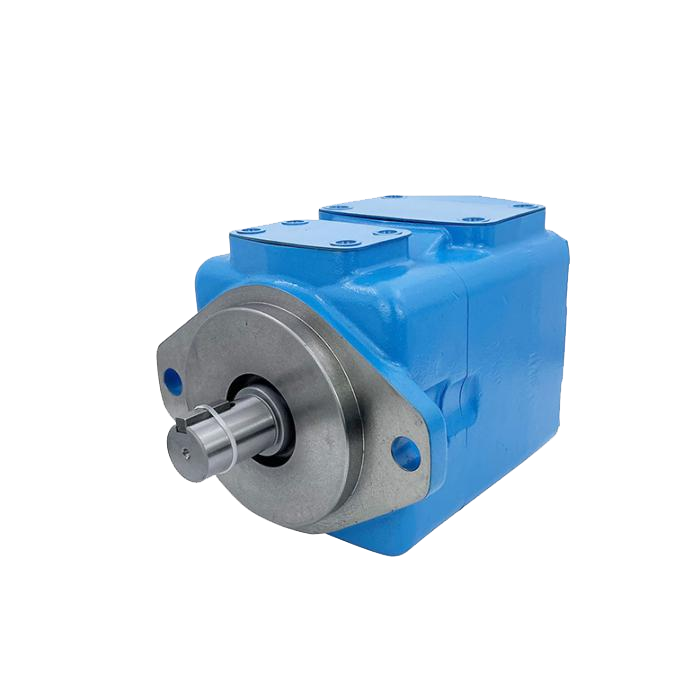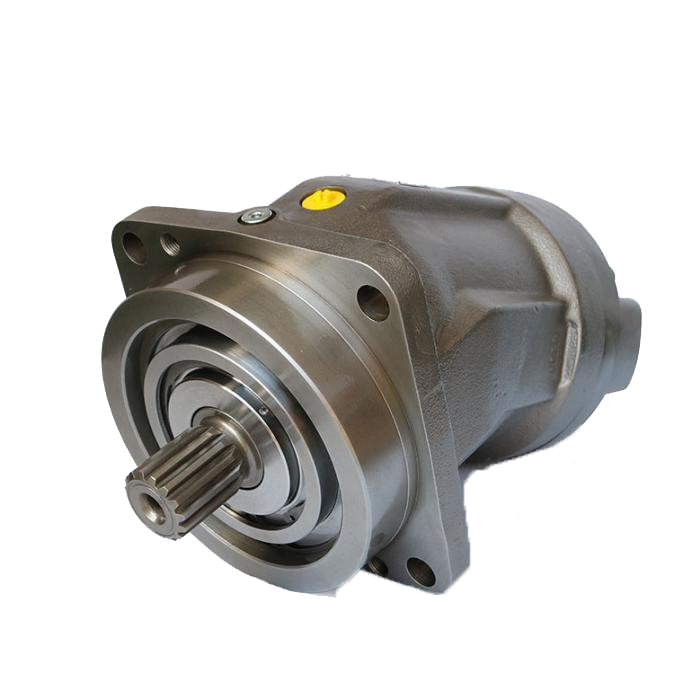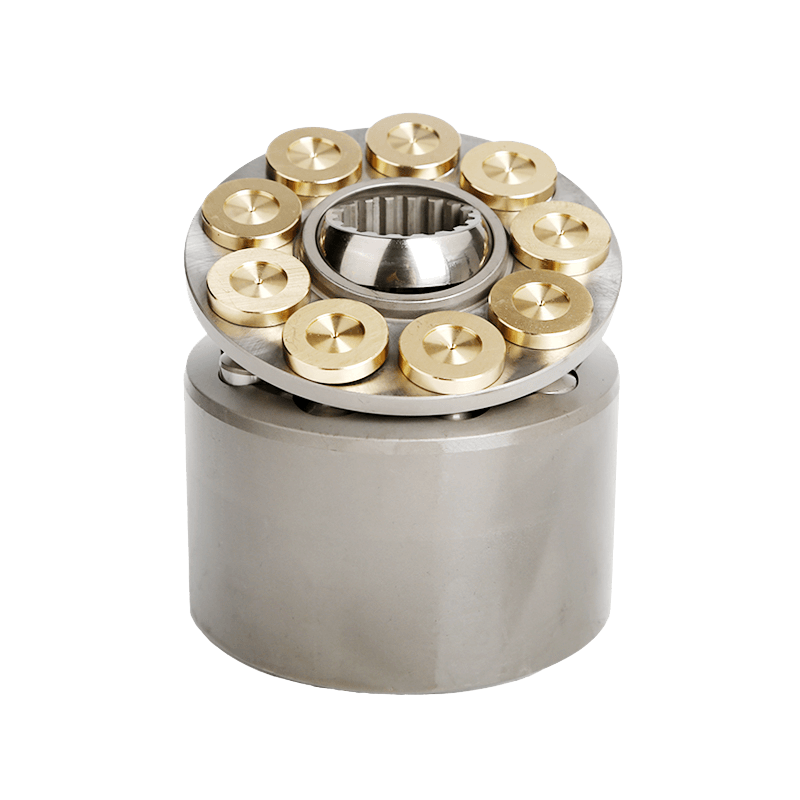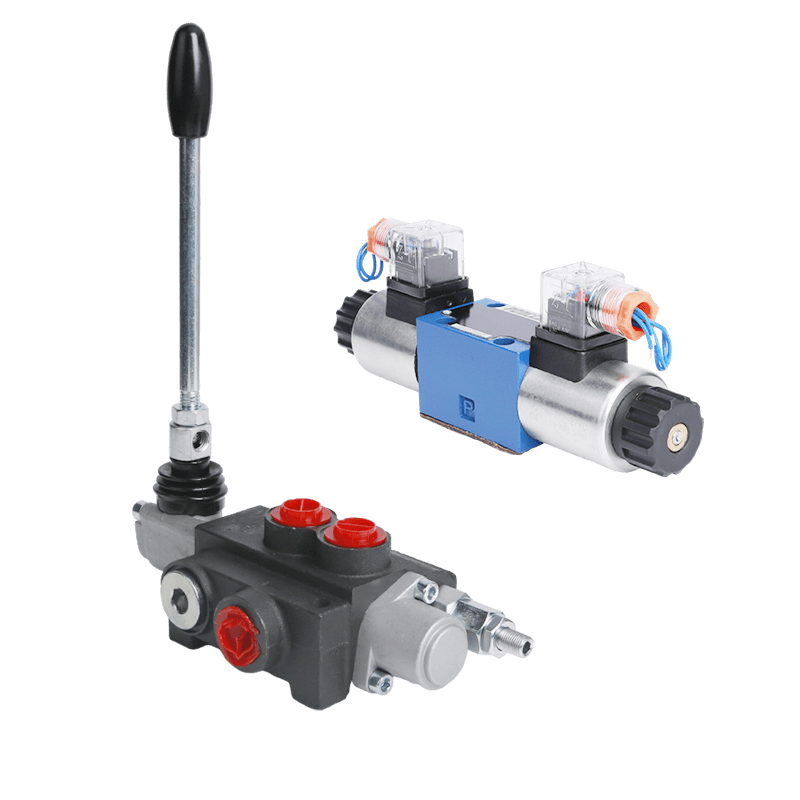Introduction to Bent Axis Piston Pumps
What Is a Bent Axis Type Piston Pump?
A bent axis type piston pump is a powerful tool used in many hydraulic systems. It works by moving pistons inside a cylinder block that is set at an angle to the drive shaft. This design creates high pressure and moves fluid through the system. Compared to other types of hydraulic pumps, the bent axis piston pump stands out because of its efficiency and power output.
This pump is especially useful in heavy-duty systems. Whether it is used in construction, manufacturing, or renewable energy equipment, it offers strong, stable performance. Because of its angled design, it is also compact and can fit into tight spaces, making it a great option for machines where room is limited.
How Bent Axis Piston Pumps Work in Hydraulic Systems
The Internal Mechanics of Bent Axis Piston Pump Operation
Inside the pump, the bent angle allows the pistons to move in a back-and-forth motion. This motion pushes hydraulic fluid through the system. Unlike a straight or in-line pump, the bent axis piston pump has fewer moving parts that touch each other directly, which reduces wear and tear.
This helps the pump last longer and work better, even under tough conditions. Also, this unique design creates better force transfer from the motor to the fluid. Because of this, the bent axis piston pump can handle high pressures without overheating.
Hydraulic Flow Generation and Pressure Modulation
The bent axis piston pump creates hydraulic flow by changing the angle of the pistons as they spin. When the angle increases, more fluid is moved, and pressure builds. This makes it easy to control how fast and strong the fluid moves. This is helpful in systems that need different speeds or pressure levels.
These pumps are also good at keeping steady pressure, which is important for machines that must work without stops. Whether in a factory press or a wind turbine, pressure control is key. The bent axis design handles this smoothly.
Bent Axis Piston Pump vs Axial Piston Pump – Key Differences
When comparing a bent axis vs axial piston pump, there are a few important differences. Axial pumps have pistons that move in line with the shaft. They are good for small systems and cost less at first. However, bent axis pumps are better for high performance.
The bent axis piston pump is more efficient, especially when it runs at full load for a long time. It also creates less friction and stays cooler. But the design is more complex, which means it costs more and needs more care.
Key Applications Across Industries
Industrial Manufacturing – Metal Presses and Injection Molding
In factories, bent axis piston pumps power heavy machines like metal presses and injection molders. These machines need strong, steady pressure to shape metal or plastic. The pump’s high pressure and steady output make it perfect for these tasks.
It also handles long work hours without breaking down. This saves time and money in the long run. The bent axis piston pump working principle supports high-speed cycles, which helps factories work faster.
Construction Equipment – Excavators, Loaders, and More
Bent axis piston pumps are used in big machines like excavators, loaders, and cranes. These machines need to lift, push, and dig heavy loads. A bent axis type piston pump gives the power needed for these actions.
Its strong and compact design fits well into the machine’s body. This makes it easy for operators to control the machine and get work done quickly and safely.
Renewable Energy – Wind Turbine and Hydroelectric Systems
In wind turbines, bent axis pumps are used to control the angle of the blades. This helps get the best energy from the wind. In hydroelectric systems, they move water and control gates.
The bent axis piston pump is reliable and can work without fail in remote locations. That’s why it’s trusted in the renewable energy field. It also works well under different weather conditions, from cold mountains to hot deserts.
Agricultural and Forestry Machinery Use Cases
Farming and forestry machines often work in rough environments. Bent axis piston pumps power tools like harvesters and tree cutters. These machines need strong force and quick response.
The pump’s high performance and long life make it a smart choice for these machines. It helps farmers and workers do their jobs better, even in the middle of a field or deep in a forest.
Bent Axis Piston Pump Advantages and Disadvantages
Bent Axis Piston Pump Advantages
The bent axis piston pump has many good points. First, it is very efficient. It can turn motor power into fluid pressure without much waste. This means lower energy use and higher power output. It also works well under high pressure, which makes it useful in demanding jobs.
Second, it can change its output based on system needs. This is called variable displacement. It helps save energy and reduce heat.
Third, the pump is compact. Its shape lets it fit into small spaces, which is great for modern machines. Finally, it lasts a long time, even in dusty, wet, or hot conditions.
Bent Axis Piston Pump Disadvantages
However, the bent axis piston pump has some downsides. It costs more than other pumps, especially at the start. The design is also complex, so it may need expert help for repairs.
Another problem is fluid contamination. If dirty oil gets inside, the pump can break. Also, it can be noisy and vibrate more than other types. So users must check if this matters in their systems.
Fluid Contamination – A Critical Concern
Why Bent Axis Pumps Are Sensitive to Impurities
Bent axis pumps work with tight tolerances. That means small gaps between parts. If dirt or water gets into the oil, it can scratch or damage these parts. This leads to leaks or failure.
Best Practices for Hydraulic Fluid Maintenance
To protect the pump, users should use clean oil and check it often. Replace it on time and keep it at the right temperature. Good fluid care can extend the pump’s life and avoid breakdowns.
Role of Filtration Systems in Preserving Pump Life
Filters are also important. They catch dirt and stop it from reaching the pump. A strong filter system helps the bent axis piston pump work longer and stay safe.
Bent Axis vs Axial Piston Pump – Which Is Better for Your System?
Bent axis pumps are better for high-load, high-duty jobs. Axial pumps are good for smaller or less demanding systems.
Bent axis pumps are more efficient and last longer. But they need clean oil and regular checks. Axial pumps are easier to maintain but may not perform as well under stress.
Bent axis pumps cost more at first but save money later by using less power and lasting longer. For systems that run often or need strong force, they are the better choice.
Choosing the Right Pump for Your System
Think about pressure needs, space, budget, and fluid quality. Also, check how often the system will run. POOCCA offers custom pump options. Whether you need high power or compact size, POOCCA can make it work for your system.POOCCA has over 20 years of experience. They provide quality pumps and fast delivery to clients around the world. Their products are trusted in many fields.
Conclusion – Why Bent Axis Piston Pumps Matter Now More Than Ever
Bent axis piston pumps give high power, save energy, and fit tight spaces. They are perfect for modern machines that need to work hard and last long.Though they cost more at first, they pay off in the long run. With better performance and lower energy use, they are a smart choice.
Get Expert Support for Your Hydraulic System
Need help choosing a pump? Our team can guide you. Contact us for expert support and tailored solutions. POOCCA also offers valves and other pump types. Check out our full product list to find what you need.We ship fast, offer OEM options, and provide a 12-month guarantee. Choose POOCCA for trusted service and quality parts.

